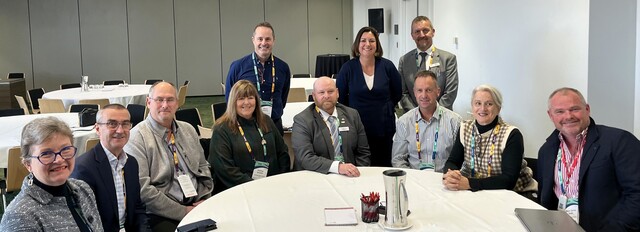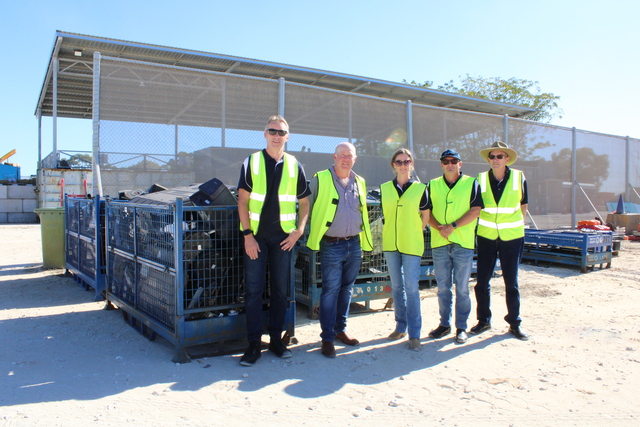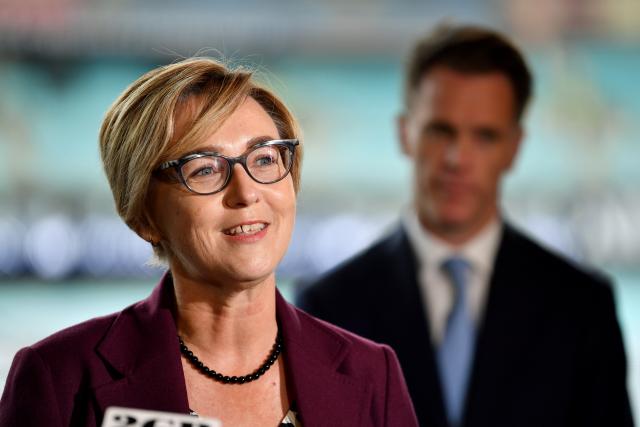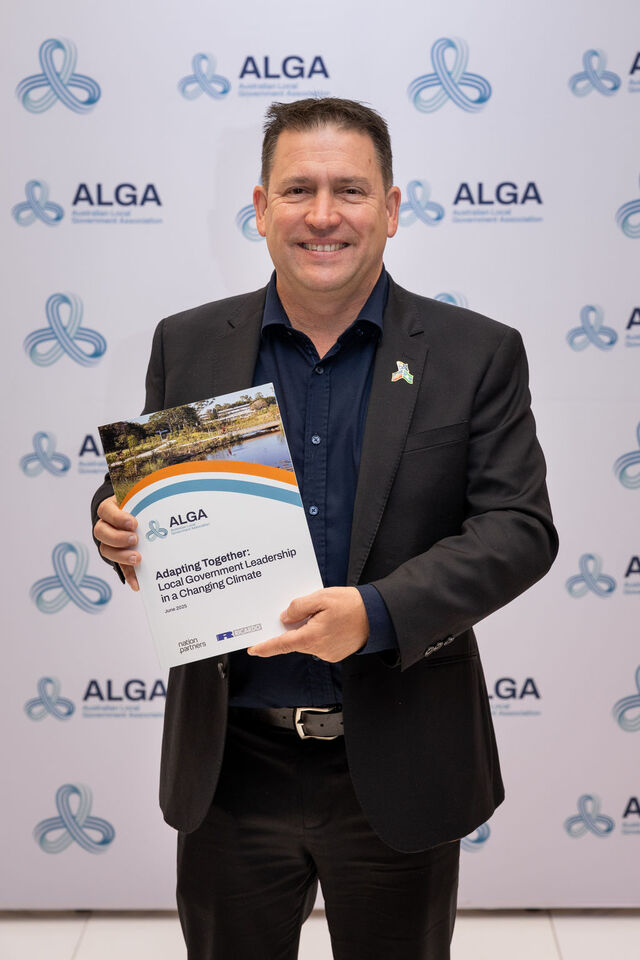In opening the Municipal Association of Victoria’s 117th Annual Session, President Cr Noel Bates said that anyone who believes that the Victorian Local Government reform process is nearing completion has less than a firm grip on reality.
Re elected for his second term as President, Cr Bates said that new directions, new expertise and new practices created by the reforms demanded the MAV also change to meet a new range and level of services required by its member Councils.
“The past 12 months has been a time of reform and refocussing for the MAV and that process will continue as Councillors are returned in the remaining 55 commissioner-led Municipalities next March,” Noel Bates said.
Currently representing 74 of Victoria’s 78 Councils, he said that the MAV is very mindful of the difficulties being experienced by some Councils during this transition period.
“We are ensuring that the Minister is kept aware of the Government’s need to reflect a positive partnership relationship with Local Government and for the State Government to take its share of responsibility for all aspects of the reform and to start conveying messages of encouragement to the Victorian Local Government industry,” Cr Bates said.
To assist Councils in working with their communities to set directions for the future, an issues forum titled ŒLocal Communities 2010′ was a key item on the Annual Session’s agenda. Panel speakers agreed that, in any forward planning, Councils need to assess how the local community is developing based on present information and predicted growth or change.
Basic community needs may not change but the way Councils deal with them will. Currently, Australia has around four million tourist visits per annum. By 2010, this figure is predicted to rise to 12 million visits. The question is what will this mean to Local Government, how can communities plan to make the most of this opportunity?
Panel member, Dr Richard Slaughter, Director of the Future Studies Centre in Melbourne said that we are living through a period of massive upheaval.
“Many things are happening but are we paying attention to them?” he asked. “We can create a broad brush structural view without becoming too predictive.”
Dr Slaughter warned about relying too heavily on predictions. He said that the future is a blank, empty space but we can start to map out the near future landscape by using people who are highly trained in reading trends and understanding change and bringing this information into the Council chamber.
Dr Sue Kenny from Deakin University concurred. She said that any notion of predicting to 2010 is fraught with difficulties.
“At the same time, we must be looking for new ways and opportunities,” she said. “The old preoccupation with the centralised, bureaucratic nation state is under question.”
Globalisation is leading to the empowerment of people. Localisation is on the increase as more power is being devolved to the grassroots. However Dr Kenny warned that if each region is to provide their own programs, it follows that some areas will do better than others. This could result in a loss of equality leading to increased competition and fighting between areas!







